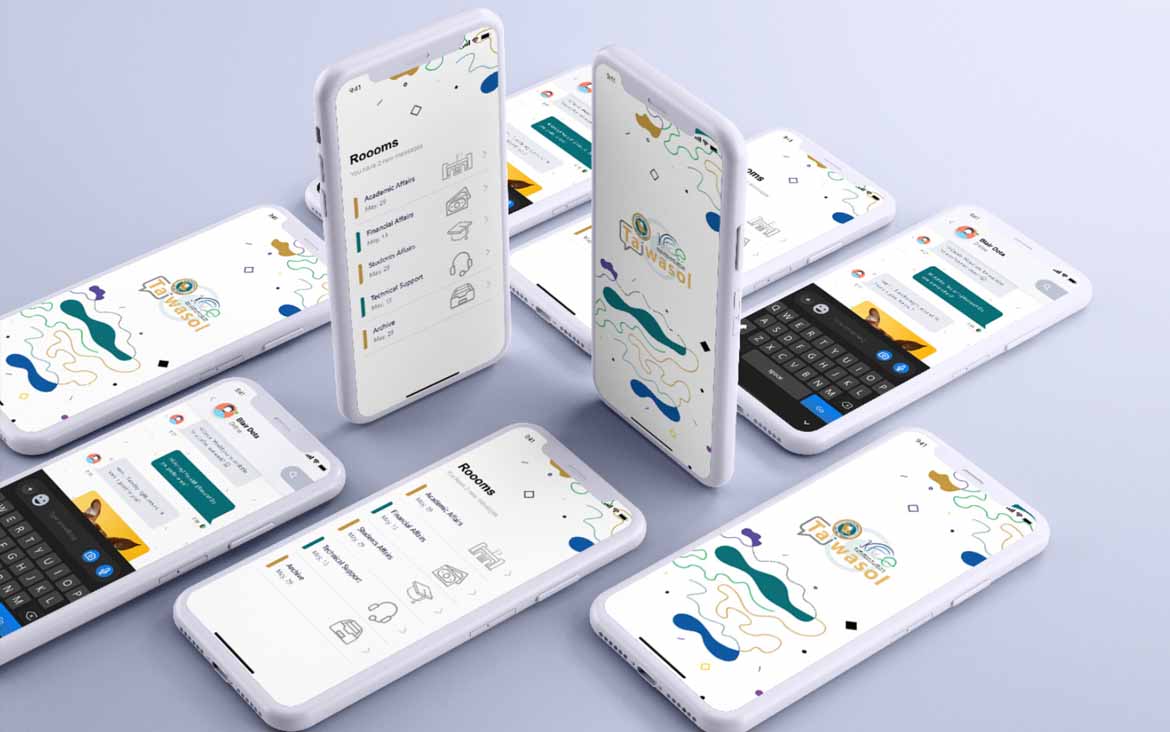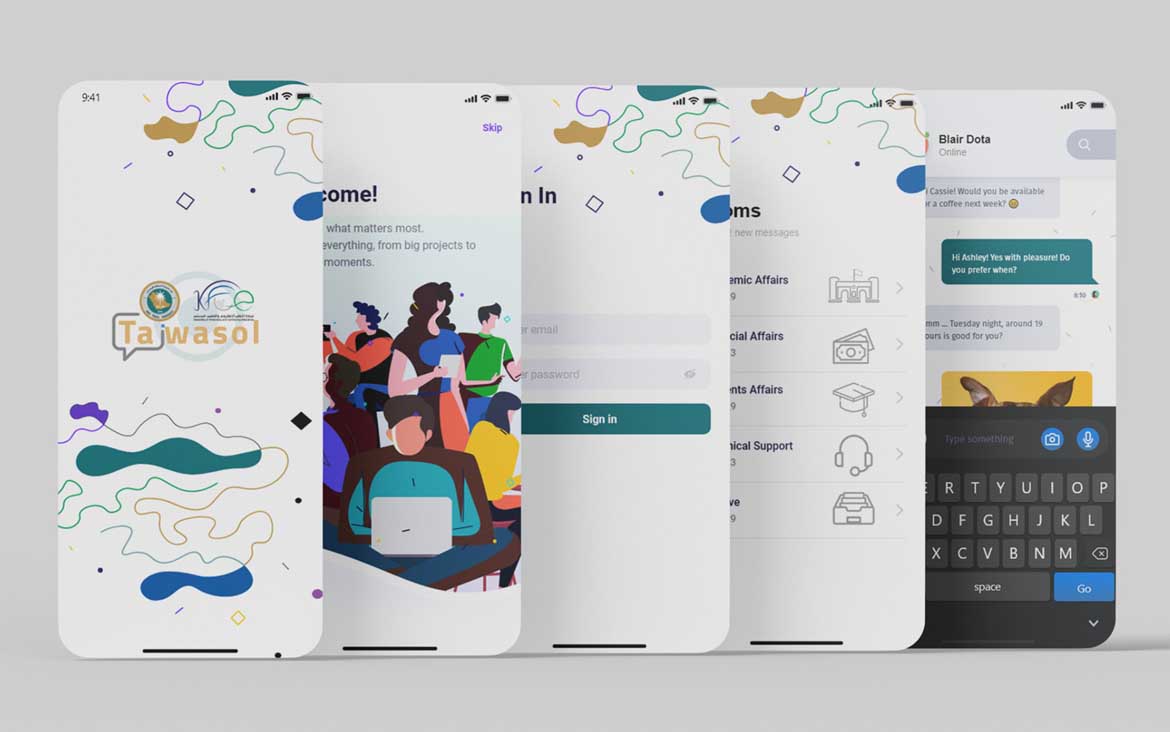info@zarenet.com
Mobile Chat Application

Our client, a dynamic technology startup, approached us to enhance the user interface (UI) and user experience (UX) of their mobile chat application.
The client’s goal was to create a more intuitive and engaging platform that would not only attract new users but also retain existing ones in a highly competitive market.

Challenges:
Complex Navigation: The existing app had a convoluted navigation structure, leading to user confusion and dissatisfaction.
Outdated Design Elements: The UI lacked modern aesthetics and did not align with current design trends, making it less appealing to users.
Limited Interactivity: Users expressed a desire for more interactive features and an overall immersive chat experience.
Accessibility Issues: Some users reported difficulty in using certain features, indicating a need for improved accessibility.
Optimization Statistics
Approach:
1. User Research: We initiated the project with a comprehensive user research phase to understand the target audience and identify pain points in the existing application. Surveys, interviews, and usability tests were conducted to gather valuable insights.
2. Information Architecture Redesign: To address the complex navigation issues, we redesigned the information architecture, simplifying the app’s structure and making it more user-friendly. The goal was to enhance the flow of the user journey, making it more intuitive and seamless.
3. Modern UI Design: Our design team worked on revamping the UI with a modern and visually appealing aesthetic. This included updating color schemes, typography, and incorporating contemporary design elements to align with current industry standards.
4. Interactive Features: To boost user engagement, we introduced interactive features such as animated stickers, voice messaging, and real-time reactions. These additions not only made the chat experience more dynamic but also differentiated the app from competitors.
5. Accessibility Improvements: Addressing the reported accessibility issues, we implemented design changes and features to enhance usability for individuals with different abilities. This included improving contrast ratios, optimizing font sizes, and implementing voice command options.
Results:
Improved User Engagement: The introduction of interactive features led to a significant increase in user engagement. Users reported a more enjoyable and immersive chat experience, resulting in longer app usage sessions.
Enhanced User Retention: The revamped UI and streamlined navigation positively impacted user retention. The simplified information architecture made it easier for users to navigate the app, reducing frustration and increasing overall satisfaction.
Positive User Feedback: Post-launch surveys and feedback indicated a high level of satisfaction among users. The modernized design, improved interactivity, and accessibility enhancements were well-received, leading to positive reviews and increased app ratings.
Increased Market Competitiveness: The updated UI/UX positioned the client’s mobile chat application as a more competitive player in the market. The app not only met but exceeded user expectations, making it a preferred choice among similar applications.
Conclusion: By focusing on user-centric design principles and addressing specific challenges in the existing mobile chat application, our UI/UX services successfully transformed the user experience.
The collaboration resulted in a more visually appealing, user-friendly, and competitive product that garnered positive feedback and increased user engagement.



